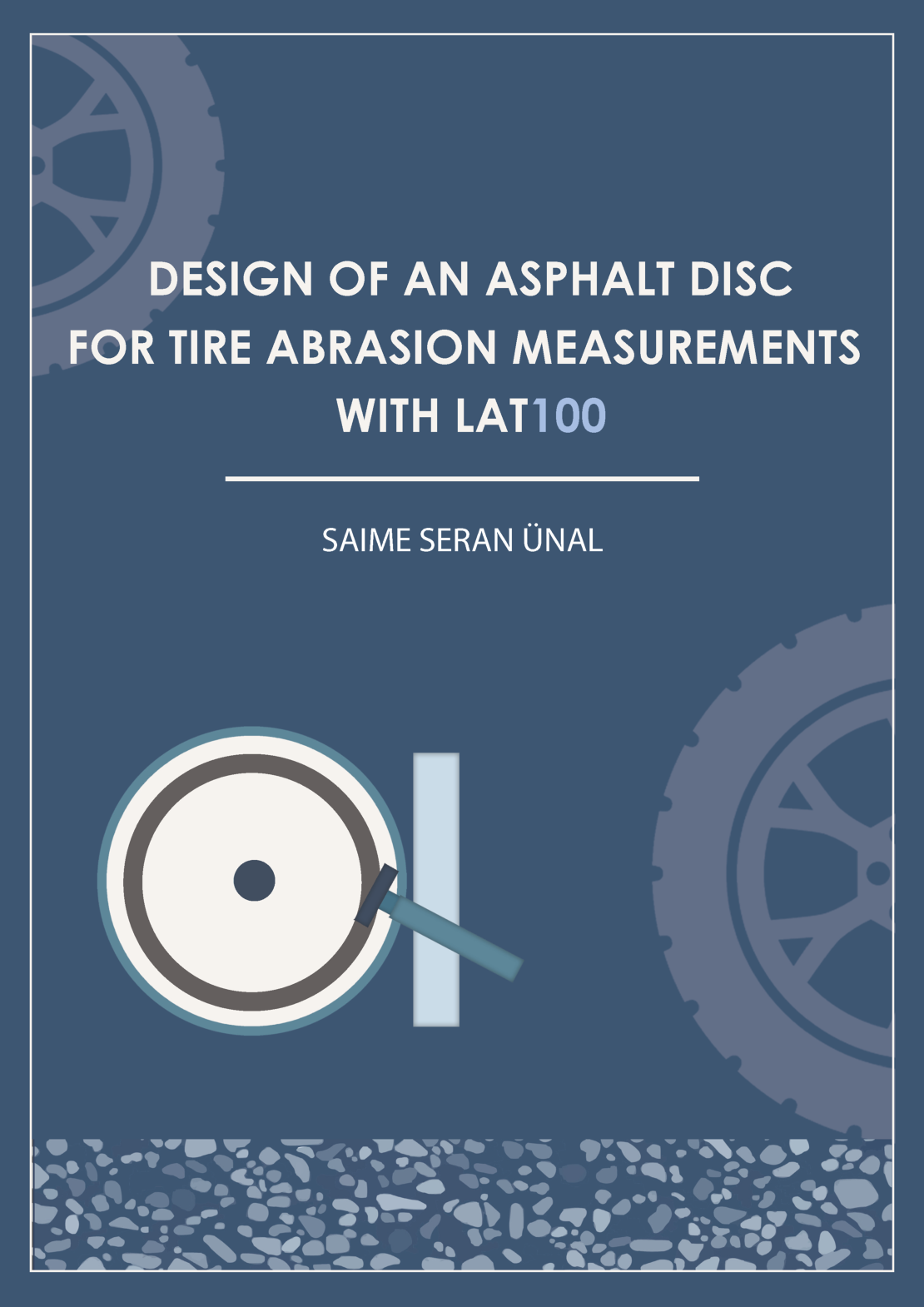On Tuesday, December 17th 2024, Ms. Saime Seran Ünal has successfully defended her EngD thesis entitled: "Design of an asphalt disc for tire abrasion measurements with LAT100".
Short Summary
Tire labeling regulations have been in place since 2012, yet they do not currently include criteria for tire wear. Developing a standardized tire wear test that aligns with the operational requirements of tire manufacturers has proven to be a significant challenge due to the complex and multifactorial nature of tire wear. Once reliable testing methods are established, the European Commission plans to evaluate the inclusion of parameters for tire mileage and abrasion on the label. This advancement is expected to significantly reduce the emissions of Tire and Road Wear Particles (TRWP), one of the largest unintentional sources of microplastics. Full-scale tire wear testing is complex, time-consuming, and costly. To address this, a reliable, cost-effective laboratory-based method for predicting tire wear resistance is in high demand. The Laboratory Abrasion Tester (LAT100), commonly used by Original Equipment Manufacturers (OEMs) under the ISO 23233:2016 standard (Grosch method), presents a promising foundation. However, further development is needed to accredit LAT100 as a reliable device for predicting tire wear within a laboratory setting for regulatory purposes. This EngD project aims to bridge the existing knowledge gap in tire wear testing by conducting a feasibility study. The study focuses on identifying functional design requirements and aligning methodologies with emerging regulatory standards. A novel testing disc made from asphalt material will be designed and produced to enhance the precision of laboratory-based tire wear measurements. This innovative disc is designed to simulate real-world conditions more accurately, advancing the standardization process for tire labeling and improving the reliability of tire wear predictions. Additionally, this collaboration not only deepens the understanding of abrasion behaviour against various counter surfaces but also creates new opportunities by integrating asphalt materials as a counter surface. As an outcome, this research could inspire innovative applications and methodologies, broadening the scope of asphalt's use in abrasion testing and other related areas.
|
|






